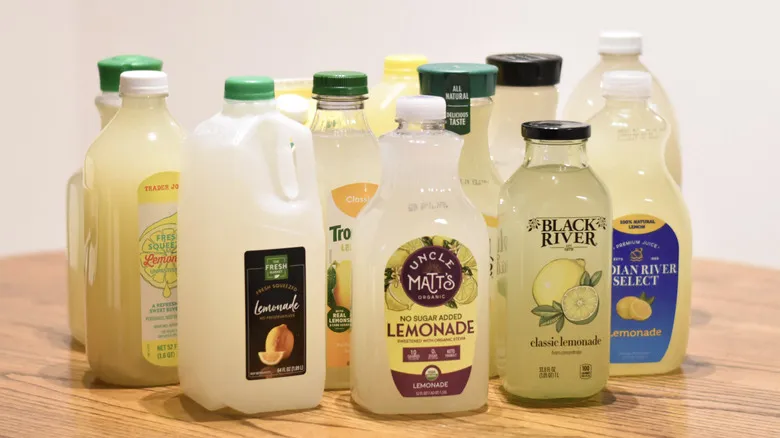Look at visual and textural clues for seafood freshness

When selecting a fish fillet, check for consistent color without any dark edges. If you can, touch the flesh to ensure it feels firm rather than soft. Don’t hesitate to ask your fishmonger for the freshest selection available.
For shellfish, freshness is crucial, so be on the lookout for indicators that could signal a poor quality batch. It's advisable to buy clams, mussels, crab, and lobster while they are still alive. Look for signs of movement, such as a leg twitch or a clam that reacts when tapped. For scallops and shelled lobster, the flesh should appear bright white.
Certain seafood is best purchased frozen. For example, buying "fresh" shrimp from the grocery store is often a mistake, as these crustaceans are typically pre-frozen before reaching vendors. Defrosted shrimp may have been sitting out longer than ideal. Similarly, sushi-grade fish is usually deep-frozen, so it’s better to thaw it yourself. Just ensure the package is solidly frozen and has minimal ice buildup, as excess ice can indicate temperature fluctuations. Keeping these tips in mind will help you feel more confident about your grocery selections.
Recommended

When Shopping At The Grocery Store, Shop The Perimeter First

Here's Why Eggs Have Grades And What They Actually Mean

Store-Bought Lemonade, Ranked From Worst To Best

How Tariffs Could Change Your Grocery Shopping Experience
Next up

